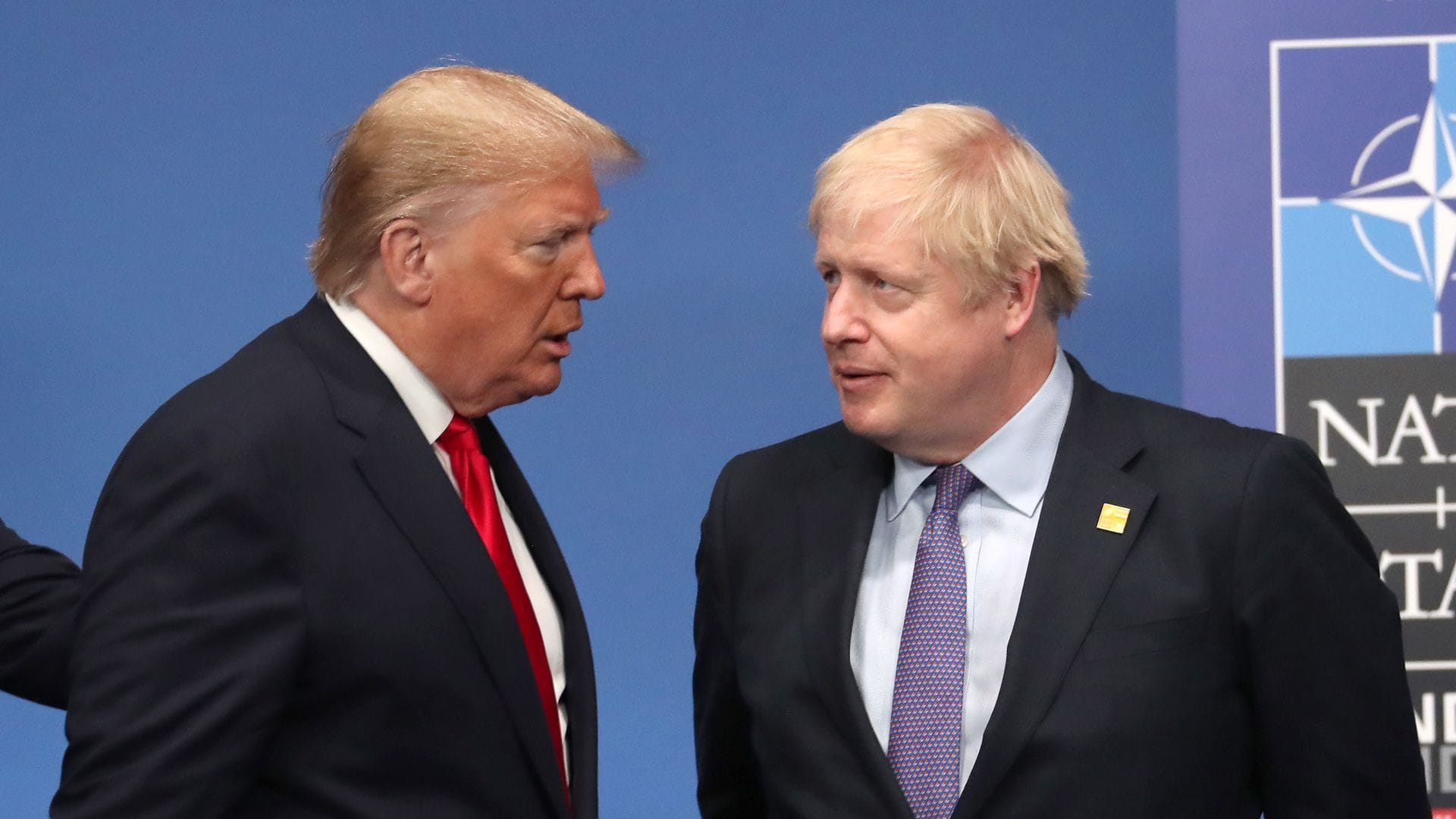In recent months, the political landscape of the United States has been notably influenced by the partnership between Speaker of the House Mike Johnson and former President Donald Trump. Their collaboration has not only shaped legislative priorities but has also reinvigorated the Republican Party’s base. This article delves into the strategies they employed to achieve their political objectives, focusing on their communication styles, coalition-building efforts, and the broader implications of their alliance.
One of the key aspects of Johnson and Trump’s collaboration is their shared understanding of the importance of direct communication with their supporters. Both leaders have leveraged social media platforms to disseminate their messages effectively, bypassing traditional media channels that they often criticize. This method allows them to maintain a direct line of communication with their constituents, fostering a sense of loyalty and engagement among their base.
Johnson, who ascended to the role of Speaker of the House in a tumultuous political environment, recognized the necessity of aligning with Trump to solidify his position and advance his legislative goals. By embracing Trump’s policies and rhetoric, Johnson has been able to rally support from the more conservative factions of the Republican Party. This alignment has proven crucial in navigating the complexities of a divided Congress, where bipartisan support is often elusive.
In addition to communication strategies, Johnson and Trump have focused on coalition-building within the Republican Party. They have worked to unify various factions, including the more traditional conservatives and the populist wing that Trump has energized. By fostering dialogue and collaboration among these groups, they have aimed to create a cohesive front capable of advancing their shared agenda. This effort has involved negotiating compromises on key issues, ensuring that the party remains united in its objectives.
Another significant aspect of their collaboration is their emphasis on grassroots mobilization. Both leaders have recognized the power of grassroots movements in shaping public opinion and driving political change. They have encouraged their supporters to engage actively in local politics, attend rallies, and participate in campaigns. This approach not only strengthens their political base but also empowers individuals to take an active role in the democratic process.
Moreover, Johnson and Trump have strategically targeted key legislative issues that resonate with their constituents. By focusing on topics such as immigration reform, economic recovery, and national security, they have tapped into the concerns of many Americans. Their ability to frame these issues in a way that aligns with their party’s values has been instrumental in garnering support for their initiatives.
The partnership between Johnson and Trump has also been characterized by a shared commitment to challenging the status quo. Both leaders have positioned themselves as outsiders willing to confront established political norms. This narrative resonates with voters who feel disillusioned with traditional politics, creating a sense of urgency around their proposed reforms. By portraying themselves as agents of change, they have successfully mobilized support for their agenda.
However, their collaboration has not been without challenges. As they navigate the complexities of governance, they must also contend with dissenting voices within their party. There are factions that remain skeptical of Trump’s influence and question the direction of the Republican Party. Johnson’s ability to manage these internal dynamics while maintaining a strong partnership with Trump will be crucial for their continued success.
In conclusion, the collaboration between Mike Johnson and Donald Trump represents a significant development in contemporary American politics. Their strategies of direct communication, coalition-building, grassroots mobilization, and focus on key legislative issues have allowed them to shape the Republican Party’s agenda effectively. As they continue to work together, their influence on the political landscape will likely persist, raising important questions about the future direction of the party and its relationship with the electorate.



